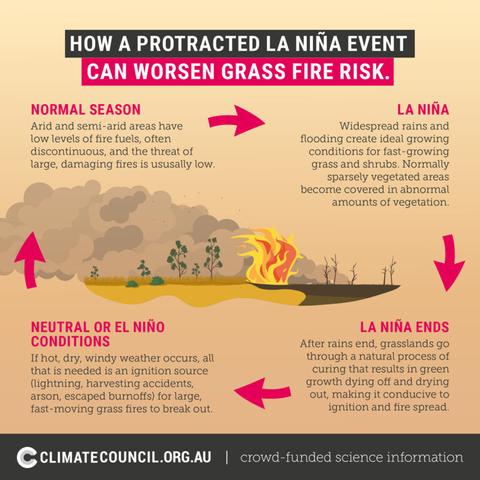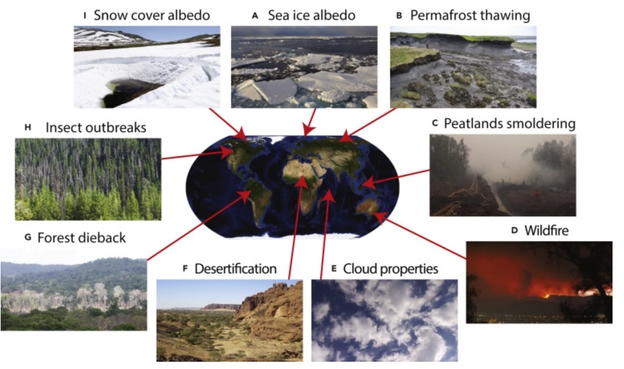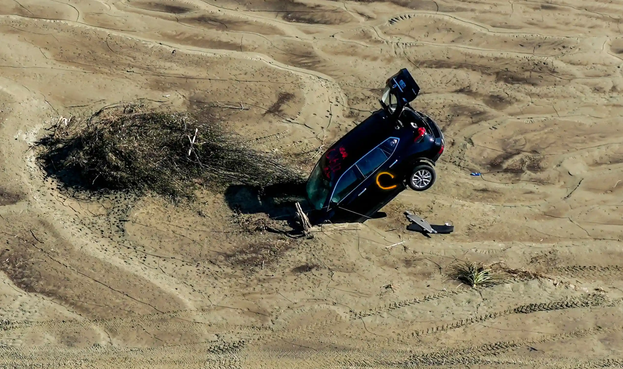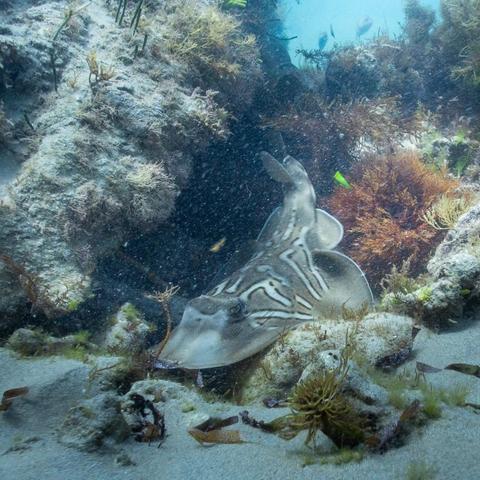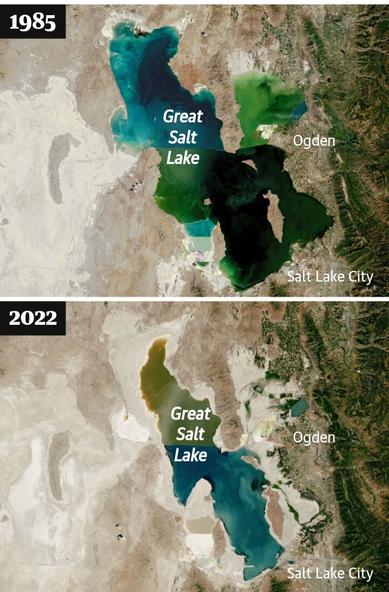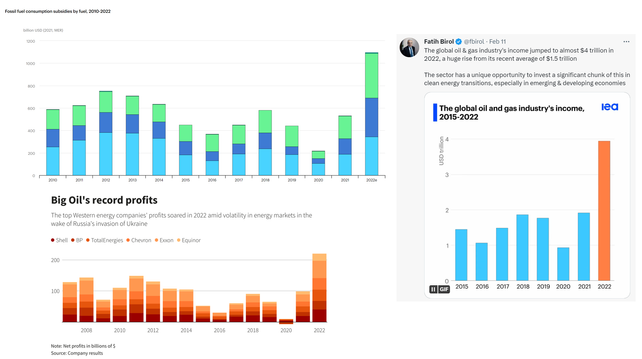El Nino and grassland fire risks in #Australia
Important new report from the #ClimateCouncil (authors include Greg Mullins and Joelle Gergis) on how the extended La Nina event over the last three years has enabled significant increases in grassland fire fuel loads which under drier El Nino conditions will then pose substantially higher risks of major grassland fires.
The challenge and opportunity for the Australian and State governments is to listen now to the scientists and firefighting leaders and to then plan how to reduce risk and also scale capacity to fight and contain these future fires before they can spread widely.
Read the report on:
https://www.climatecouncil.org.au/resources/powder-keg-australia-primed-to-burn/
Powder Keg: Australia Primed to Burn | Climate Council
Australia has long been referred to as a land of "drought and flooding rains”, prone to bushfires as well as intense rainfall events. Periods of hot, dry, windy weather have regularly dried out vegetation and made it susceptible to ignition, alternating with prolonged wet periods that have promoted rapid and widespread vegetation growth. Climate change, driven by the burning of coal, oil, and gas, is worsening these extreme weather events.
